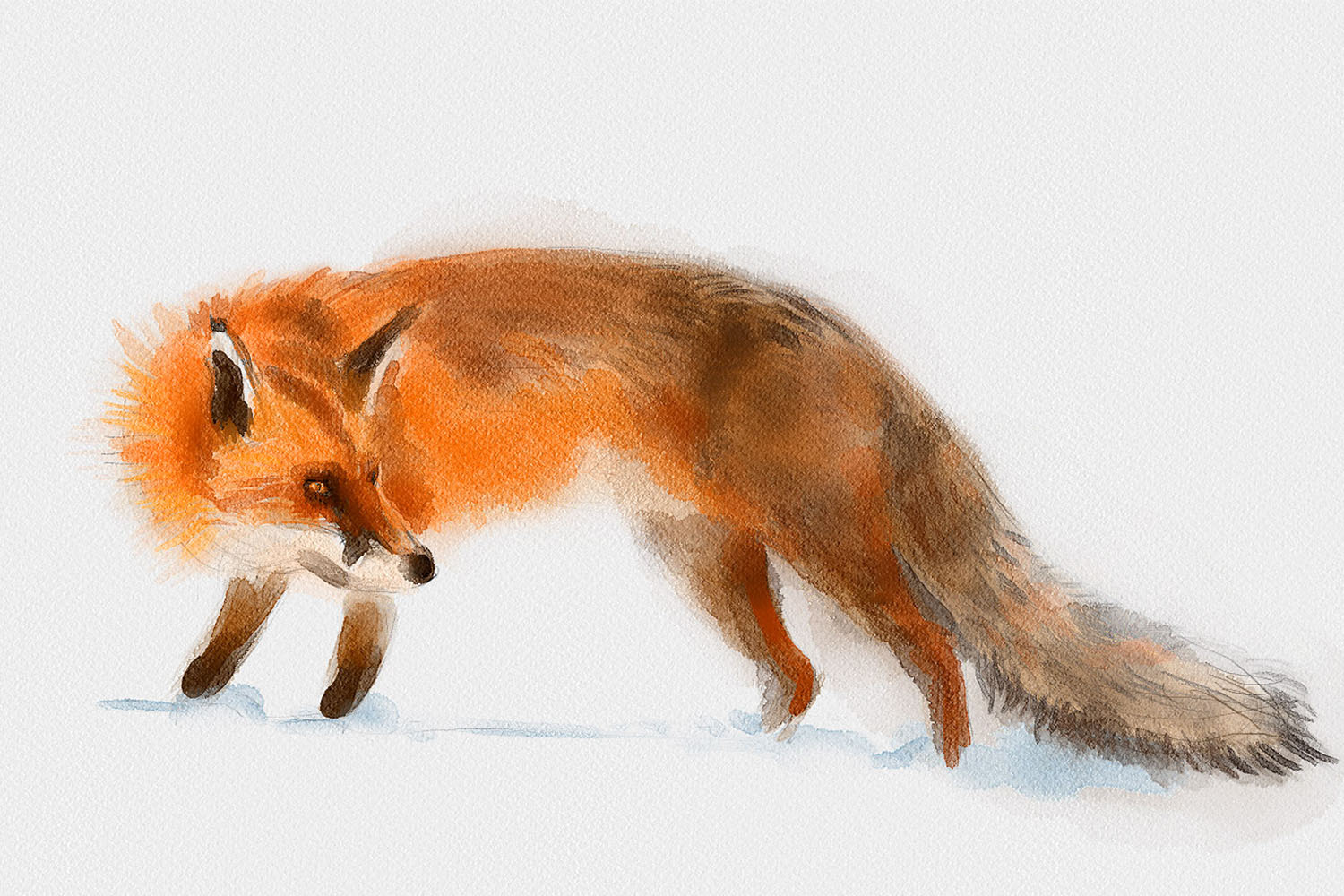Today we had a chance to speak with lead 3D artist Libor Batěk about the video-spot production process, his Rebelle impressions and many more. Did a project for a charity organization improve his origami skills? Read on…
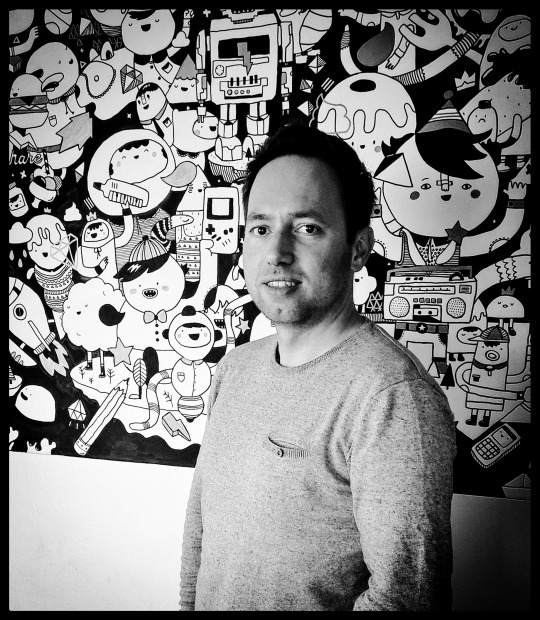
Hi Libor, can you introduce yourself to our readers?
I’m 37 years old 3D artist living in Prague, Czech Republic these days. I work for Eallin studio which produces animation and live-action spots for use in TV commercials, music videos, and last but not least, children TV series. I have started my career as a hobbyist 3D artist during my studies on high school light years back. After several tries to study technical oriented college, I landed a job in a game development studio where I was modeling assets and painted textures. I would call it a “happy little accident” because there weren’t so many opportunities back then in the game industry in the Czech Republic. Then after several years I’ve migrated to the TV commercial field for a change and stayed there till these days. :) I’ve gone through many team roles ranging from junior modeler/texture artist, lighting/look development artist to lead of 3D department. My duties are most of the time lighting, look dev and supervision of the projects, sometimes also modeling assets and characters. I also like to do 2D art in my spare time which I lack a lot. :) The word “2D art” should be taken easily because it’s more about scribbles or doodles - not serious artworks, but hey, it’s fun and that counts in the end! I strongly recommend to anyone to go and doodle and to be a kid again…
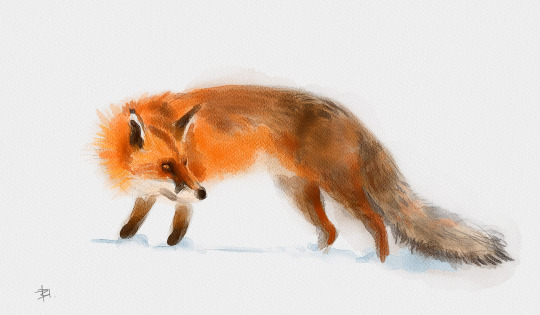
How have you come across Rebelle?
One of my colleagues Mato Hanschild who is a 2D artist and concept designer showed me this wonderful application called Rebelle. After that, I fell in love with its brush engine for watercolor painting. I was amazed because I’ve never seen such good simulation of the real watercolor in the computer, moreover with such ease… There were few tries by other developers but not as good as Rebelle! I liked the user interface at first glance - for me, it’s really important when I approach something new. By the time using it I’ve also realized how interactive the actual painting session is and what it really matters how fast and which way you use ‘Tilt’ and ‘Blow tool’ to your advance and to pump up your creative juices in you! The color leaks and abstract shapes can boost imagination like hell. :) It’s really a different experience on the desktop with Rebelle than with any other painting apps. That’s probably why I’ve been hooked to it instantly. Nothing is fixed and final, your brush strokes develop according to various conditions on the canvas which is so unusual in common digital painting software.
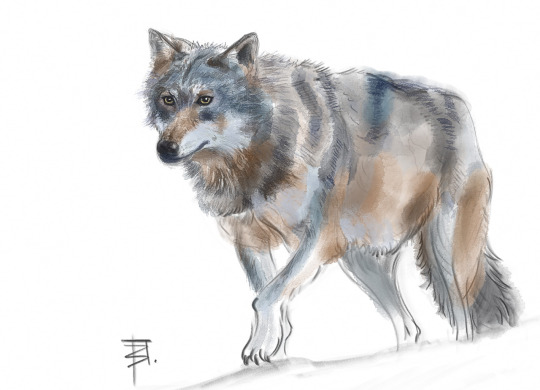
We believe there are people interested in working in this field reading this interview. Can you describe to us how your typical project looks like?
Sure, usually we firstly get a brief from the director of the TV commercial who tells us his vision approved by the client in advance. We prepare storyboards according to the screenplay and then boardmatic (video edit from still images used in the storyboard). We also breakdown the whole project to smaller parts/tasks so we know what will be necessary to build. After creating the props and characters, animators do layout animation from which a 3D animatic comes up. It’s a good place to make changes in edit/animation because it doesn’t hurt much in terms of work needed. When everything works in this stage, the animation is polished to final quality, lighting and shading artists can fine-tune visual aspects by outputting series of images as an animation. Then the images are processed by compositing artists who do retouches, post effects and final color grading. It can be said that this repeats again and again till the images meet the director’s/client’s vision. After that, it goes to sound postproduction for sound effects and music score. The final broadcast output is prepared for TV screening meeting their standards of the format.
Eallin - the company you work with had to deal with a difficult task - to create a video spot for charity organization Plamienok. Could you tell us more about the process of video making?
Particularly in this project, there was a need to replicate paper origami-like stylization containing children painting on top of it - something like watercolors done by kids in kindergarten. For most of the job, we used Maya 3D animation package and Rebelle painting app for texturing 3D models with the help of other apps for image editing, etc. When we knew we would need watercolor look on 3D models I’ve instantly envisioned using Rebelle for that. It was simply so much easier and quicker to paint models like that not using standard tools like Photoshop or scan the real thing and retouch it afterward… It showed as a good choice and the whole process was straight-forward and easy. We just flattened out the 3D models to a canvas, painted on it in Rebelle and exported back to the 3D animation package. It took some experimenting to get the desired look and design but it was really fun to do also thanks to an abstract form of textures in this particular project. We were able to finish this project in about 8 weeks in the team of just 3-4 artists plus the director and some production staff behind the project.
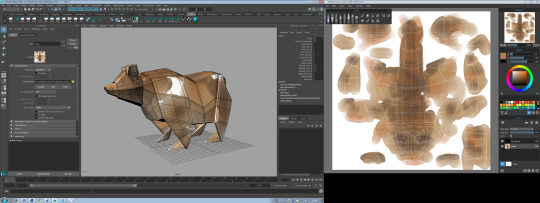
What was the biggest obstacle during this project?
It’s always a big fight to put everything in the show and to not cross the screen time - that’s very common in TV commercials projects. You put everything that was in the script but it looked funny because it happened so fast. Then there were a lot of water effects for the river element and as with any other simulations it took quite a time to get it to work as needed. We used the Houdini VFX package for that. We needed to develop a way of folding the paper boat „character” which wasn‘t that easy in 3D animation compared to real life. We reverse-engineered the way paper is folded to get a classic paper boat model, break down it to the pieces and rig it using the skeletal system and finally animated it in the right order. We’re lucky Plamienok gave us a lot of freedom and trust! So our thanks go to them for that.
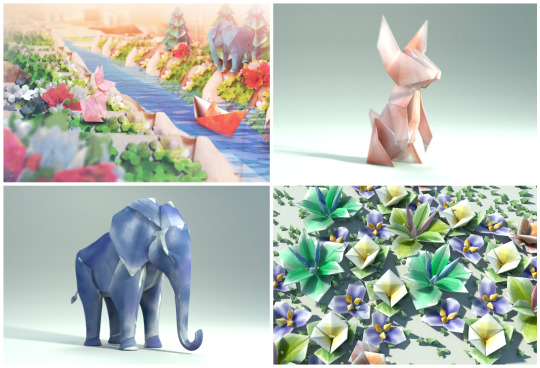
Do you have any ‘Behind-the-scenes’ story you can share with us?
Funny thing was that the director of this TVC was Kosuke Sugimoto from Japan (really nice guy btw) and it was immediately obvious to us that this guy will be an origami expert but in the end, it was not the case luckily. :) So we had a good time together as a team not spending sleepless nights to get paper folds exactly according to the book. :D We could also play and experiment a lot during this project so no complaints by any team member at all. :)
Thank you for your time, Libor!
Thanks for the opportunity to share my words with readers! I wish you all the best with your great Rebelle!
